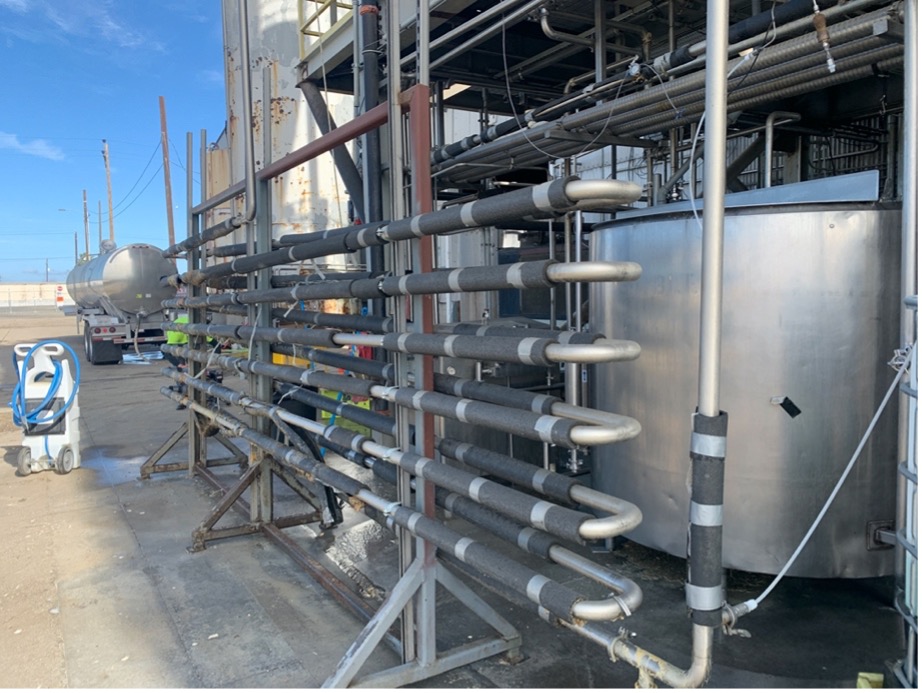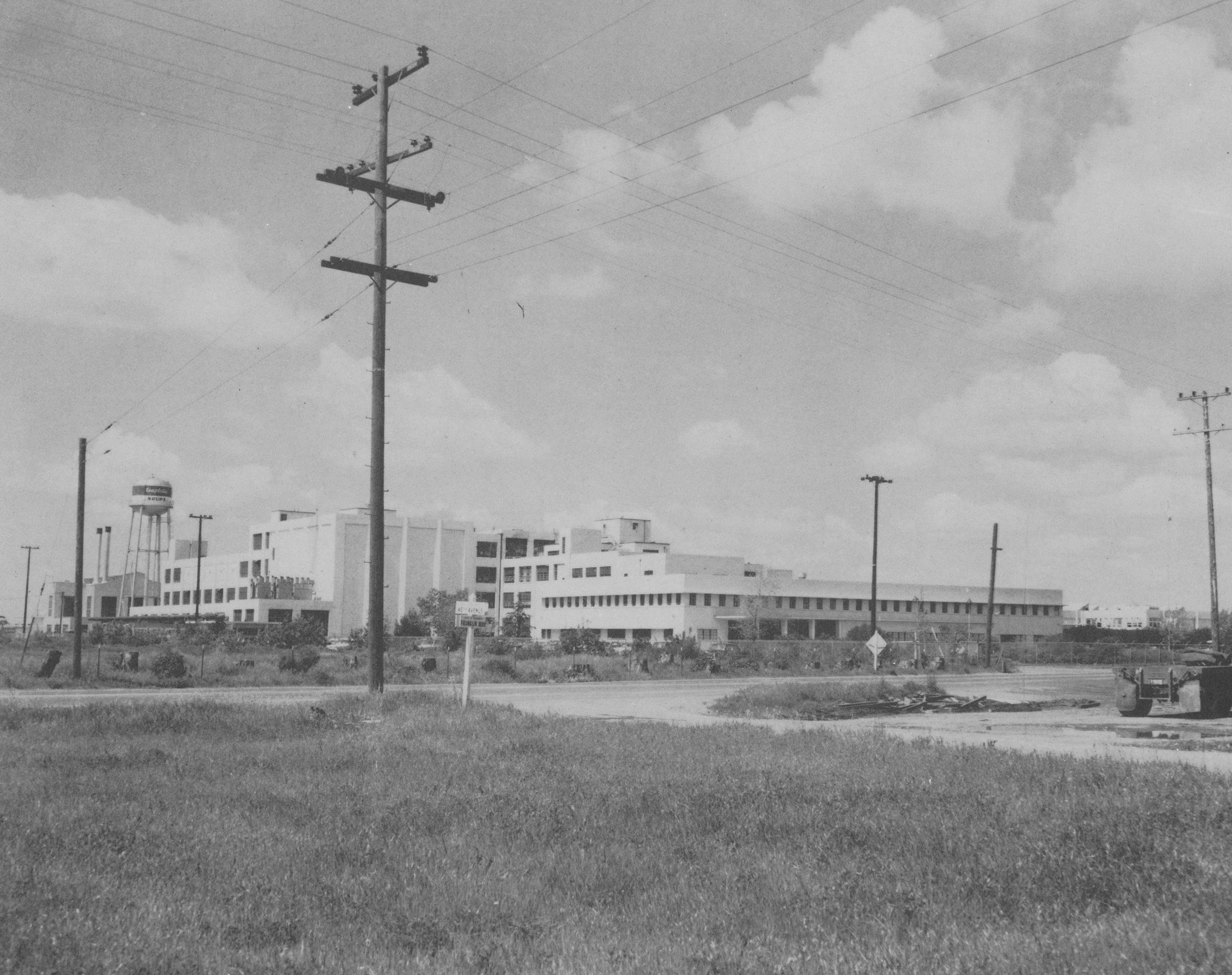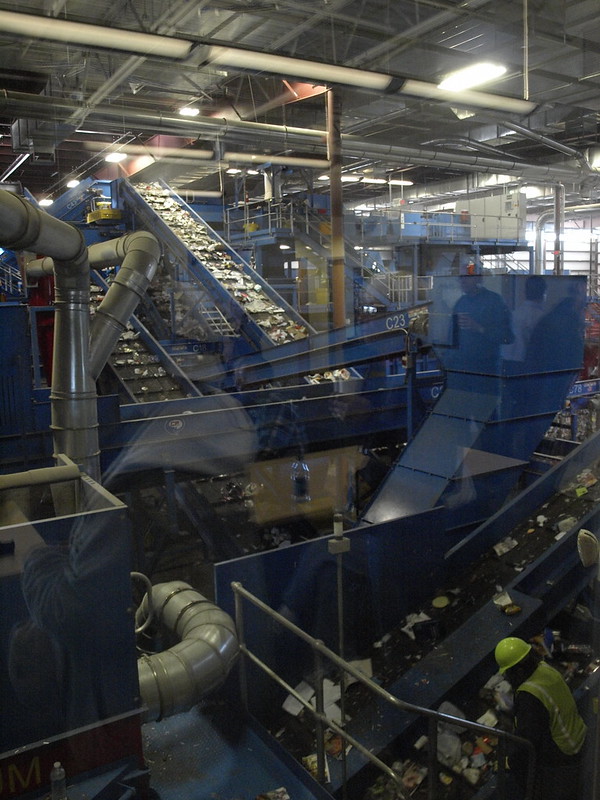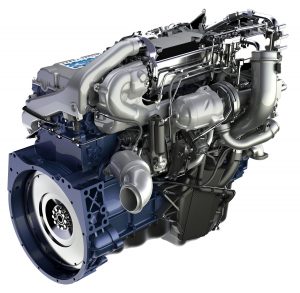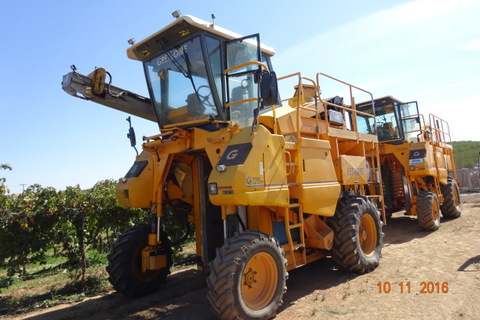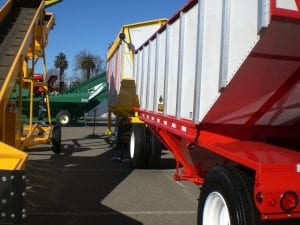 I often tweet truck and trailer stats. Partly because I am, after all, an equipment appraiser who enjoys inspecting and researching transportation fleet equipment, and partly because truck and trailer sales could be seen as economic indicators.
I often tweet truck and trailer stats. Partly because I am, after all, an equipment appraiser who enjoys inspecting and researching transportation fleet equipment, and partly because truck and trailer sales could be seen as economic indicators.
Last time I wrote about trailers, the used market was strong. That doesn’t appear to have changed, especially in the platform trailer market. A recent article from Trailer Body Builders states that “several factors that should keep trucks and trailers in demand for years to come include freight supply and demand that favors fleets; good used trailer prices that reduce direct cash outlays for new trailer purchases; the impact of CSA and hours of service regulations, and the age of trailers.”
The age of trailers is obviously something that needs to be considered when researching equipment values. In the TBB article, ACT’s trailer industry specialist Frank Maly referred to the growing popularity of the “10-year rule.” Apparently, some shippers will no longer allow their goods to be carried in trailers that are more than 10 years old.
The “10-year rule” is interesting on a lot of different levels, especially considering that the average age of trailers today is 8.2 years, up from 6.4 years in 2000. Actual age, however, and effective age are often very different, as any qualified equipment appraiser can tell you. After all, would you rather ship your goods in a 5-year-old trailer that’s been run hard with minimal maintenance or a 25-year-old trailer that’s been maintained to rigorous standards and looks and rolls like new, including a recently-installed braking system, pristine electrical wiring, and freshly repainted chassis? Now we’re talking value.
A few weeks ago I inspected a large inventory of agricultural trailers, each of them in pristine condition.
We had straight grain hoppers and convertible hoppers, convertible flatbed trailers and straight flatbed trailers with tomato tubs, some removable, some hardwired for dedicated tomato hauling, as well as high rack trailers. And we had some possum belly trailers and bottom dump trailers, as well as some live floor and drop deck trailers, some tag trailers and tankers, including a handful of jacketed water tankers. We even had a few low boy trailers and more than a few dry freight van trailers, although no DoubleStack trailers in this fleet. All in all, it was a good day for trailers. And tubs, because we had rows and rows of tomato tubs.
What we didn’t have, at that particular location, were any refrigerated trailers, gooseneck trailers, drop van trailers or unloading conveyer belt trailers. No livestock trailers either, because this equipment inspection client doesn’t move livestock.
What we did have, and plenty of, were trailers for hauling bulk agricultural goods the Sacramento Valley region is famous for: rice, tomatoes, corn, almonds, walnuts, almonds, wheat and safflower.
Jack Young
NorCal Valuation
